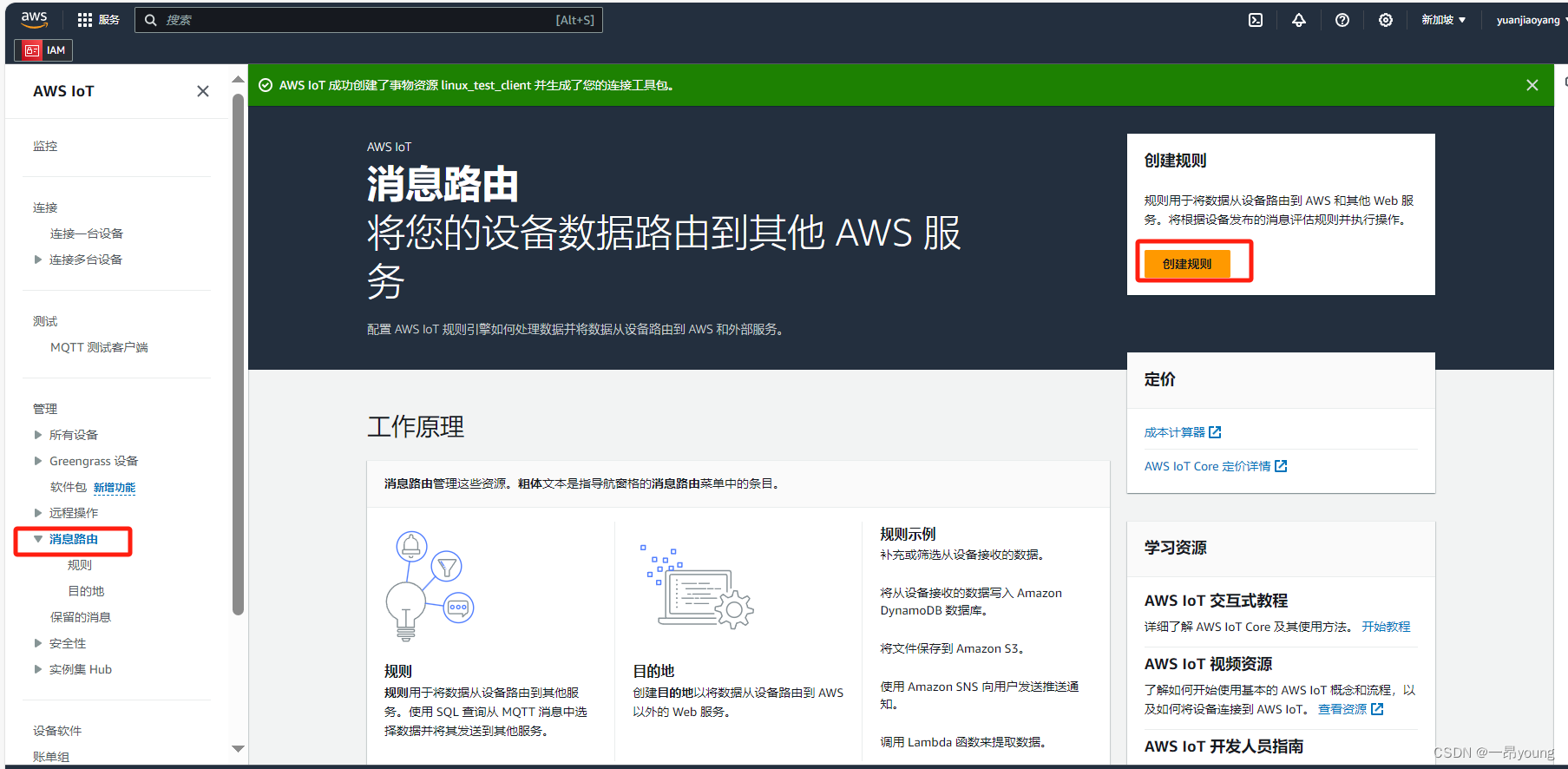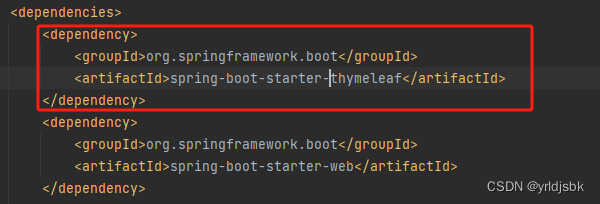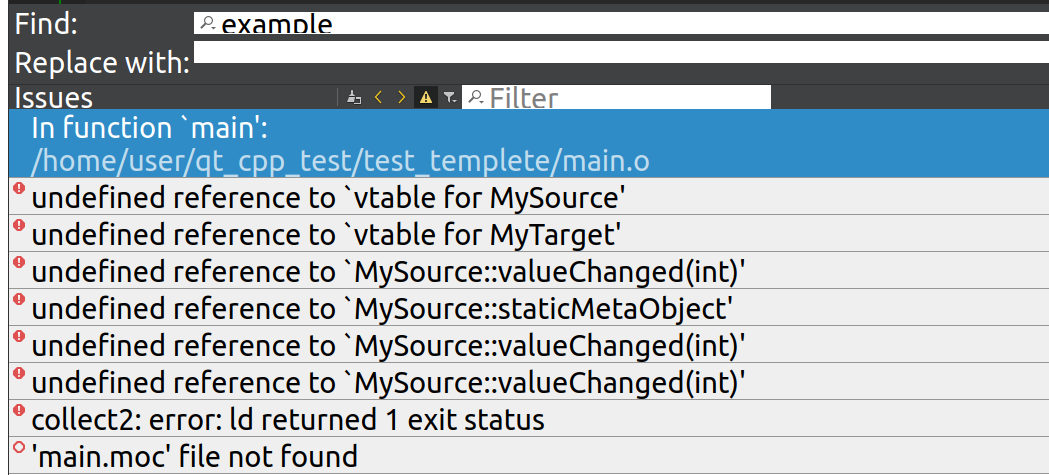本篇将给出双向循环链表的有关操作,以及对应的一些解释,大多都以注释给出。本篇给出的双向循环链表全称为带头双向循环链表。即如下图所示:
在本篇中一共包含三个代码片段,分别为:双向链表需要实现的内容、双向链表函数的实现、双向链表的全部代码与测试。如有需要,可直接在对应位置查找。

其中的head,为头结点,我们也称之为哨兵位,该位置不会存放任何的有效数据,但这个结点是真实存在的。
注意:对于头结点(哨兵位)来说,由图我们可以得出:
1.哨兵位的下一位才是第一个结点,即head->next是第一个结点;
2. 哨兵位的前一个结点为尾结点,即head->prior为最后一个结点。
对于哨兵为的意义来说就是:遍历循环链表的时避免死循环。
1.双向链表的实现内容
#define _CRT_SECURE_NO_WARNINGS 1
#include <stdio.h>
#include <stdlib.h>
#include <assert.h>
typedef int DataType;
typedef struct ListNode {
DataType data;
struct ListNode* prior;
struct ListNode* next;
}LTNode;
//双向链表初始化
LTNode* LTInit();
//双向链表的销毁
void LTDestroy(LTNode* phead);
//判断链表是否为NULL
void LTEmpty(LTNode* phead);
//遍历双向链表
void LTPrint(LTNode* phead);
//尾插/头插
void LTPushBack(LTNode* phead,DataType x);
void LTPushFront(LTNode* phead, DataType x);
//尾删/头删
void LTPopBack(LTNode* phead);
void LTPopFront(LTNode* phead);
//查找结点位置
LTNode* LTFind(LTNode* phead, DataType x);
//在指定位置之前/之后插入数据
void LTInsert(LTNode* pos, DataType x);
void LTInsertBefore(LTNode* pos, DataType x);
//删除指定位置
void LTErase(LTNode* pos);
2.双向链表函数的实现
在以下的实现内容中的每个函数,都会有一定的注释,便于读者理解:
//创建一个头结点
LTNode* CreateNode(DataType x) {
LTNode* newNode = (LTNode*)malloc(sizeof(LTNode));
//判断开辟空间是否成功,但其实一般情况下都是可以申请成功(以下判断条件可有可无)
if (newNode == NULL) {
perror("malloc:");
exit(1);
}
newNode->data = x;
//创建一个新结点的同时,将新节点的前驱和后继指向自己
newNode->next = newNode->prior = newNode;
return newNode;
}
//双向链表初始化
LTNode* LTInit() {
LTNode* head = (LTNode*)malloc(sizeof(LTNode));
if (head == NULL) {
perror("malloc:");
exit(1);
}
head->data = -1;
head->prior = head->next = head;
//可以用创建结点函数来获取头结点
//head = CreateNode(-1);
return head;
}
//尾插,在尾结点插入一个元素
void LTPushBack(LTNode* phead,DataType x) {
//传过来的头结点不能为NULL
assert(phead);
LTNode* newNode = CreateNode(x);
//尾结点的下一个结点指向的是头结点
newNode->next = phead;
//头结点的prior结点为尾结点,将新节点的前驱指向原来的尾结点
newNode->prior = phead->prior;
//phead->prior为原来的尾结点,将原来的尾结点指向newNode
phead->prior->next = newNode;
//phead->prior指向新节点
phead->prior = newNode;
}
//头插,在第一个结点处插入元素
void LTPushFront(LTNode* phead, DataType x) {
//传过来的头结点不能为NULL
assert(phead);
LTNode* newNode = CreateNode(x);
//将新节点的前驱指向头结点
newNode->prior = phead;
//新节点的后继指向原来的第一个结点
newNode->next = phead->next;
//phead->next为原来的头结点
phead->next->prior = newNode;
phead->next = newNode;
}
//尾删,删除链表的尾结点
void LTPopBack(LTNode* phead) {
assert(phead);
//第一个结点也不能为NULL,因为这是删除
assert(phead->next != phead);
//哨兵位的前一个结点为尾结点
LTNode* delete = phead->prior;
//prior为尾结点的前一个结点
LTNode* prior = delete->prior;
//将尾结点的前一个结点指向头结点
prior->next = phead;
//更新头结点的前驱(尾结点)
phead->prior = prior;
//释放空间,同时指针置为NULL
free(delete);
delete = NULL;
}
//头删,删除链表的第一个结点
void LTPopFront(LTNode* phead) {
assert(phead);
//第一个结点也不能为NULL,因为这是删除
assert(phead->next != phead);
//phead->next为第一个结点
LTNode* delete = phead->next;
LTNode* next = delete->next;
//将第二节点的前驱指向phead(delete->prior)
next->prior = delete->prior;
//更新第一个结点
phead->next = next;
//释放空间,同时指针置为NULL
free(delete);
delete = NULL;
}
//遍历链表
void LTPrint(LTNode* phead) {
assert(phead);
if (phead->next == phead) {
printf("该链表为NULL\n");
return;
}
//将current指向第一个结点
LTNode* current = phead->next;
printf("head->");
//当current为头结点时,停止遍历
while (current!= phead) {
printf("%d->", current->data);
current = current->next;
}
printf("head\n");
}
//判断链表是否为NULL
void LTEmpty(LTNode* phead) {
assert(phead);
//头结点的后继指向自己或者前驱指向自己时,链表为NULL
if (phead->next == phead) {
printf("空链表\n");
}
else {
printf("非空链表\n");
}
}
//链表的销毁
void LTDestroy(LTNode* phead) {
assert(phead);
//从第一个结点开始删除
LTNode* current = phead->next;
while (current != phead) {
//先找到下一个结点
LTNode* next = current->next;
free(current);
//更新current
current = next;
}
//删除尾结点
free(phead);
//注:由于phead与传入的指针head同为一级指针,
//free(phead)只能释放head存放的东西,
//但不能改变head的地址,在函数外还需要将head置为NULL
}
//找元素
LTNode* LTFind(LTNode* phead, DataType x) {
assert(phead);
//从第一个结点开始遍历
LTNode* current = phead->next;
while (current != phead) {
if (current->data == x) {
return current;
}
current = current->next;
}
return NULL;
}
//在指定位置尾插
void LTInsert(LTNode* pos, DataType x) {
assert(pos);
LTNode* newNode = CreateNode(x);
//改变新节点的前驱和后继指向
newNode->next = pos->next;
newNode->prior = pos;
//将pos位置的后继的proir指针指向新节点
pos->next->prior = newNode;
//pos的next指针指向新节点
pos->next = newNode;
}
//在指定位置之前插入元素
void LTInsertBefore(LTNode* pos, DataType x) {
assert(pos);
LTNode* newNode = CreateNode(x);
//改变新节点的前驱和后继指向
newNode->prior = pos->prior;
newNode->next = pos;
//将pos位置的前驱的next指针指向新节点
pos->prior->next = newNode;
//将pos的prior指针指向新节点
pos->prior = newNode;
}
//删除指定位置的元素
void LTErase(LTNode* pos) {
assert(pos);
//将pos位置的前驱结点和后继结点记录下来
LTNode* prior = pos->prior;
LTNode* next = pos->next;
//前驱结点的next指针指向后继结点
prior->next = next;
//后继结点的proir指针指向前驱结点
next->prior = prior;
free(pos);
pos = NULL;
}3.双向链表的全部代码与测试
#define _CRT_SECURE_NO_WARNINGS 1
#include <stdio.h>
#include <stdlib.h>
#include <assert.h>
typedef int DataType;
typedef struct ListNode {
DataType data;
struct ListNode* prior;
struct ListNode* next;
}LTNode;
//创建一个头结点
LTNode* CreateNode(DataType x) {
LTNode* newNode = (LTNode*)malloc(sizeof(LTNode));
//判断开辟空间是否成功,但其实一般情况下都是可以申请成功(以下判断条件可有可无)
if (newNode == NULL) {
perror("malloc:");
exit(1);
}
newNode->data = x;
//创建一个新结点的同时,将新节点的前驱和后继指向自己
newNode->next = newNode->prior = newNode;
return newNode;
}
//双向链表初始化
LTNode* LTInit() {
LTNode* head = (LTNode*)malloc(sizeof(LTNode));
if (head == NULL) {
perror("malloc:");
exit(1);
}
head->data = -1;
head->prior = head->next = head;
//可以用创建结点函数来获取头结点
//head = CreateNode(-1);
return head;
}
//尾插,在尾结点插入一个元素
void LTPushBack(LTNode* phead,DataType x) {
//传过来的头结点不能为NULL
assert(phead);
LTNode* newNode = CreateNode(x);
//尾结点的下一个结点指向的是头结点
newNode->next = phead;
//头结点的prior结点为尾结点,将新节点的前驱指向原来的尾结点
newNode->prior = phead->prior;
//phead->prior为原来的尾结点,将原来的尾结点指向newNode
phead->prior->next = newNode;
//phead->prior指向新节点
phead->prior = newNode;
}
//头插,在第一个结点处插入元素
void LTPushFront(LTNode* phead, DataType x) {
//传过来的头结点不能为NULL
assert(phead);
LTNode* newNode = CreateNode(x);
//将新节点的前驱指向头结点
newNode->prior = phead;
//新节点的后继指向原来的第一个结点
newNode->next = phead->next;
//phead->next为原来的头结点
phead->next->prior = newNode;
phead->next = newNode;
}
//尾删,删除链表的尾结点
void LTPopBack(LTNode* phead) {
assert(phead);
//第一个结点也不能为NULL,因为这是删除
assert(phead->next != phead);
//哨兵位的前一个结点为尾结点
LTNode* delete = phead->prior;
//prior为尾结点的前一个结点
LTNode* prior = delete->prior;
//将尾结点的前一个结点指向头结点
prior->next = phead;
//更新头结点的前驱(尾结点)
phead->prior = prior;
//释放空间,同时指针置为NULL
free(delete);
delete = NULL;
}
//头删,删除链表的第一个结点
void LTPopFront(LTNode* phead) {
assert(phead);
//第一个结点也不能为NULL,因为这是删除
assert(phead->next != phead);
//phead->next为第一个结点
LTNode* delete = phead->next;
LTNode* next = delete->next;
//将第二节点的前驱指向phead(delete->prior)
next->prior = delete->prior;
//更新第一个结点
phead->next = next;
//释放空间,同时指针置为NULL
free(delete);
delete = NULL;
}
//遍历链表
void LTPrint(LTNode* phead) {
assert(phead);
if (phead->next == phead) {
printf("该链表为NULL\n");
return;
}
//将current指向第一个结点
LTNode* current = phead->next;
printf("head->");
//当current为头结点时,停止遍历
while (current!= phead) {
printf("%d->", current->data);
current = current->next;
}
printf("head\n");
}
//判断链表是否为NULL
void LTEmpty(LTNode* phead) {
assert(phead);
//头结点的后继指向自己或者前驱指向自己时,链表为NULL
if (phead->next == phead) {
printf("空链表\n");
}
else {
printf("非空链表\n");
}
}
//链表的销毁
void LTDestroy(LTNode* phead) {
assert(phead);
//从第一个结点开始删除
LTNode* current = phead->next;
while (current != phead) {
//先找到下一个结点
LTNode* next = current->next;
free(current);
//更新current
current = next;
}
//删除尾结点
free(phead);
//注:由于phead与传入的指针head同为一级指针,
//free(phead)只能释放head存放的东西,
//但不能改变head的地址,在函数外还需要将head置为NULL
}
//找元素
LTNode* LTFind(LTNode* phead, DataType x) {
assert(phead);
//从第一个结点开始遍历
LTNode* current = phead->next;
while (current != phead) {
if (current->data == x) {
return current;
}
current = current->next;
}
return NULL;
}
//在指定位置尾插
void LTInsert(LTNode* pos, DataType x) {
assert(pos);
LTNode* newNode = CreateNode(x);
//改变新节点的前驱和后继指向
newNode->next = pos->next;
newNode->prior = pos;
//将pos位置的后继的proir指针指向新节点
pos->next->prior = newNode;
//pos的next指针指向新节点
pos->next = newNode;
}
//在指定位置之前插入元素
void LTInsertBefore(LTNode* pos, DataType x) {
assert(pos);
LTNode* newNode = CreateNode(x);
//改变新节点的前驱和后继指向
newNode->prior = pos->prior;
newNode->next = pos;
//将pos位置的前驱的next指针指向新节点
pos->prior->next = newNode;
//将pos的prior指针指向新节点
pos->prior = newNode;
}
//删除指定位置的元素
void LTErase(LTNode* pos) {
assert(pos);
//将pos位置的前驱结点和后继结点记录下来
LTNode* prior = pos->prior;
LTNode* next = pos->next;
//前驱结点的next指针指向后继结点
prior->next = next;
//后继结点的proir指针指向前驱结点
next->prior = prior;
free(pos);
pos = NULL;
}
void Test01() {
LTNode* head = LTInit();
LTPushBack(head, 1);
LTPushBack(head, 2);
LTPushBack(head, 3);
LTPushBack(head, 4);
LTPrint(head); // 1 2 3 4
LTPushFront(head, 5);
LTPushFront(head, 6);
LTPushFront(head, 7);
LTPrint(head); // 7 6 5 1 2 3 4
LTPopBack(head);
LTPrint(head); // 7 6 5 1 2 3
LTPopFront(head);
LTPrint(head); // 6 5 1 2 3
LTNode* Find = LTFind(head, 3);
if (Find == NULL) {
printf("没有找到\n"); //找到了
}
else {
printf("找到了\n");
}
LTInsert(Find, 5);
LTInsertBefore(Find, 6);
LTPrint(head); // 6 5 1 2 6 3 5
LTErase(Find);
LTPrint(head); // 6 5 1 2 6 5
LTDestroy(head);
head = NULL;
}
int main() {
Test01();
return 0;
}测试结果:
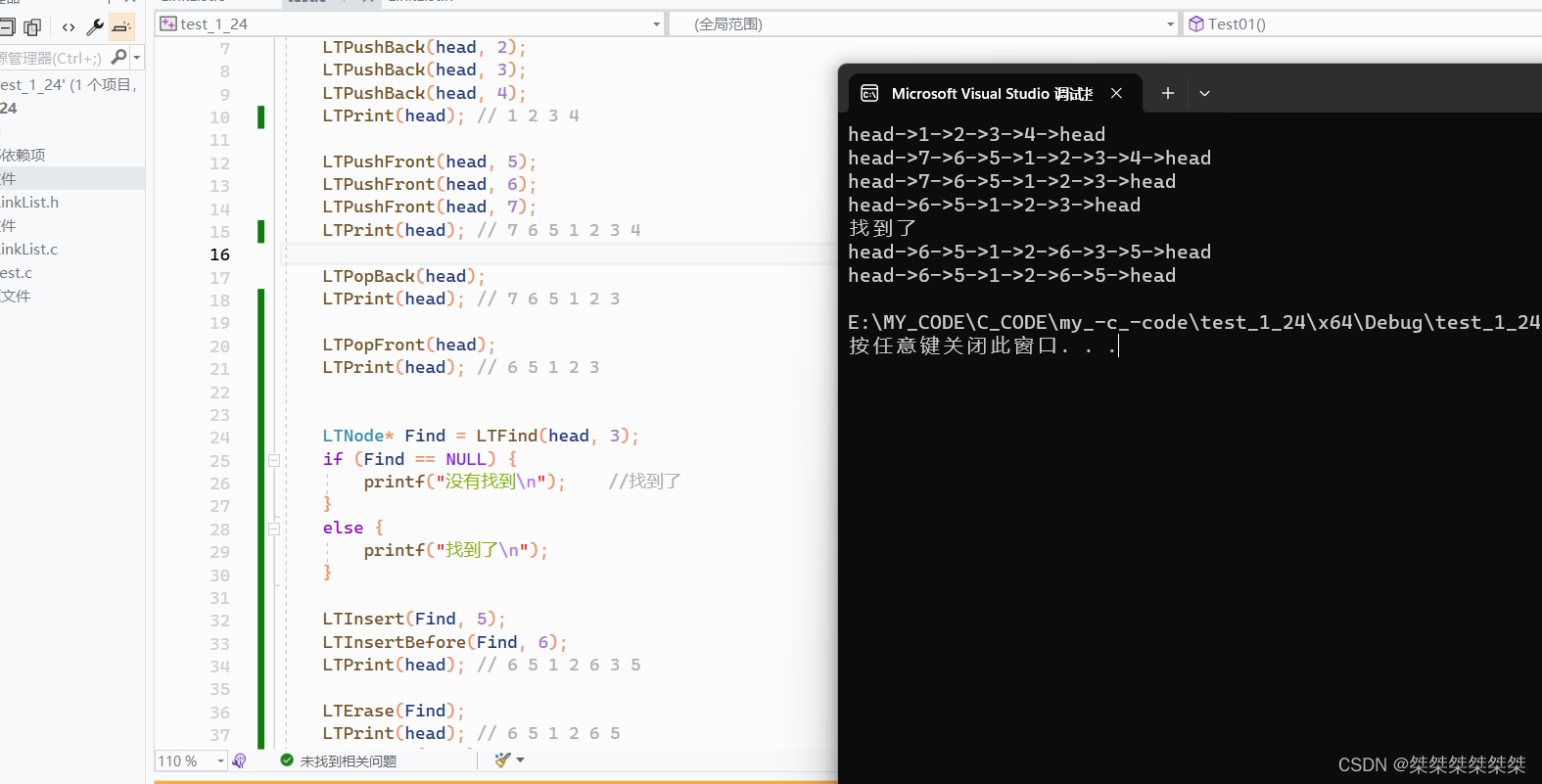
这些所有操作即为带头双向循环链表的所有操作了。


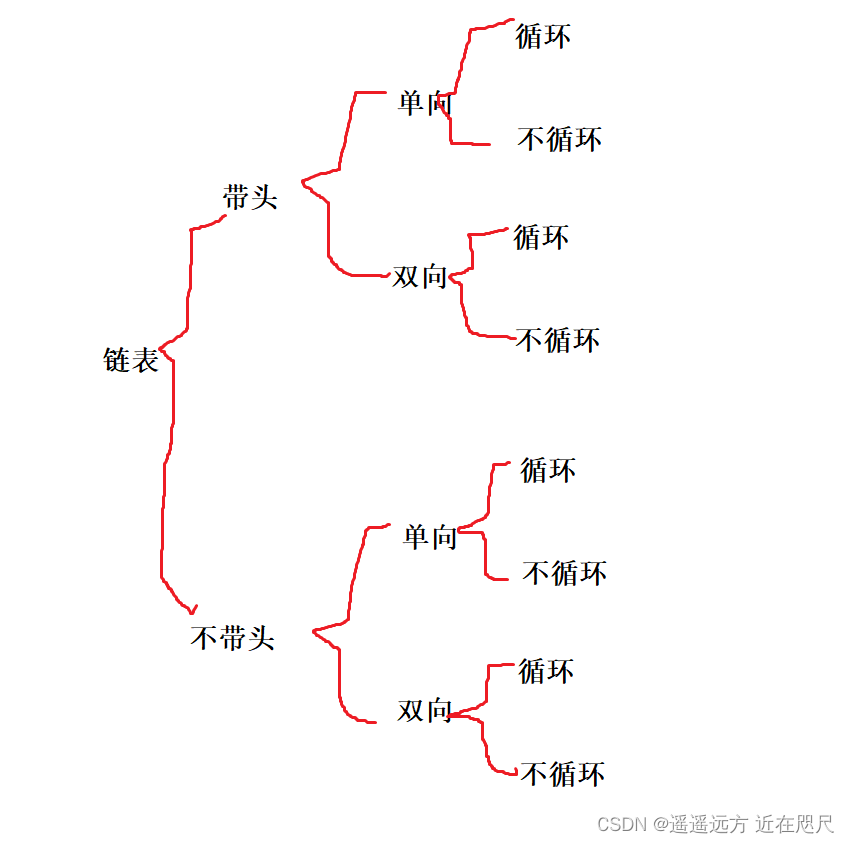






















](https://img-blog.csdnimg.cn/direct/b66ab2c76dd94eaba95362b880f3209d.png)




